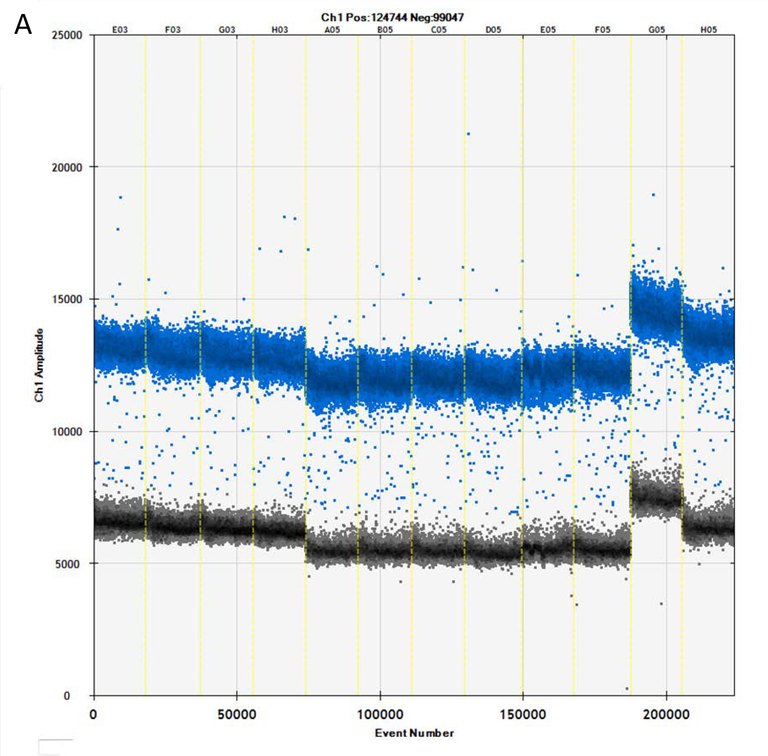Mycotoxin formation in food
Molecular monitoring
Mycotoxins are toxic secondary metabolites of fungi. They are not necessarily required for their growth, but it appears that they can promote adaptation to certain environmental conditions. Fungal infestation is not necessarily accompanied by mycotoxin formation. The challenge is therefore to identify the conditions that lead to active formation of mycotoxins in food.
When fungi infest plant products, defense reactions of the plant may still occur even after harvest. This in turn can lead to increased mycotoxin formation. In particular, abiotic factors such as temperature, light, the pH value and the amount of available water (water activity) influence the formation of the plant toxins (phytoalexins). As a rule, low temperatures and lower water activity reduce the growth of fungi and thus often also mycotoxin formation. In this way, plant products can be preserved longer. However, if temperature or water activity are only lowered to such an extent that fungal growth is reduced but not completely inhibited, a "stress-induced" increase in mycotoxin formation may occur.
In a current multidisciplinary project (AflaZ) of the Department of Safety and Quality of Fruit and Vegetables, sustainable and targeted strategies against the formation of the mycotoxin aflatoxin in maize are being developed and prepared for application in cooperation with African partners, the Julius Kühn-Institut, the Friedrich-Loeffler-Institut, the University of Koblenz-Landau and other institutes of the MRI as part of extensive research programs. Aflatoxin is mainly formed by the fungi Aspergillus flavus, Aspergillus parasiticus, and Aspergillus minisclerotigenes. Aflatoxin is highly toxic and poses a major food safety problem in regions with warm and humid climates, especially in various African regions. One goal of the project is to develop a "heat map" showing the activity of aflatoxin biosynthesis genes at different conditions in plant product.
In order to optimize storage conditions for food, it is important to precisely understand the cellular regulation of mycotoxin formation. A prerequisite for the synthesis of mycotoxins is the prior activation of genes responsible for this in the fungal cell. This always occurs before mycotoxins are analytically measurable and can therefore be used as an early warning signal. The activation of genes can be monitored by modern molecular biological analysis methods, such as microarray, real-time PCR or ddPCR (droplet digital PCR) techniques. These three techniques are well established in the Institute for Fruit and Vegetable Safety and Quality. The ddPCR in particular is characterized by an exceptionally high detection strength and insensitivity to sample contamination.
Within the framework of the AflaZ project, it has been possible to develop ddPCR systems with which the activity of various genes, for example the gene that controls aflatoxin formation (aflR), can be determined (Figure 1). It has been shown that activation of this gene is very intense from a certain point in the growth of A. flavus on maize and is accompanied by significantly increased aflatoxin formation. This activation point can therefore be considered as a possible control point in the context of monitoring for aflatoxin biosynthesis. If this gene activation can be suppressed by changing the storage conditions, aflatoxin formation can be controlled.
Further ddPCR systems are currently under development. These are to be used, for example, for monitoring Trichoderma afroharzianum, a mycoparasitic fungal species that does not itself produce any known mycotoxins and is to be used as a so-called biocontrol species against mycotoxin-producing fungal species such as Aspergillus flavus in maize fields in Kenya (Figure 2).


